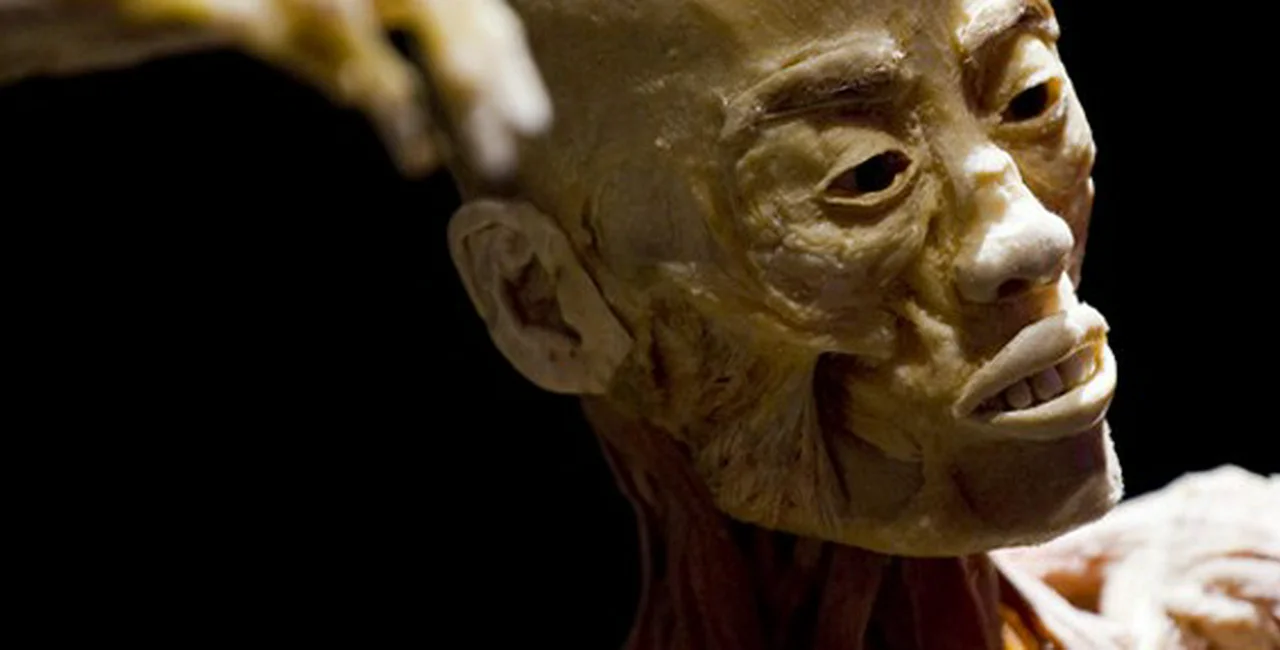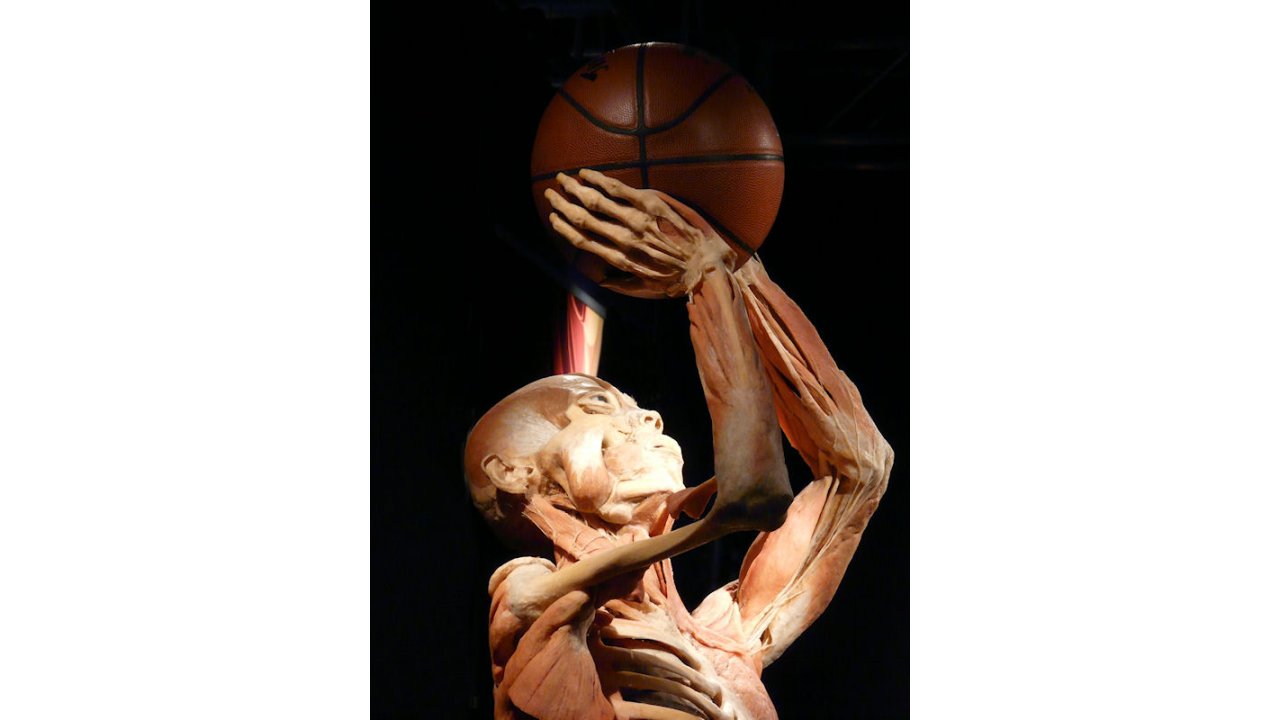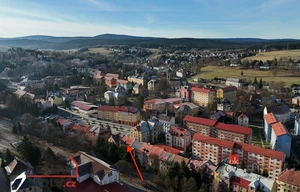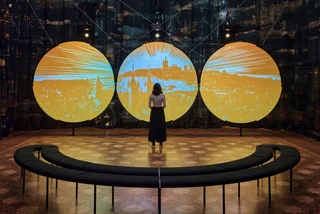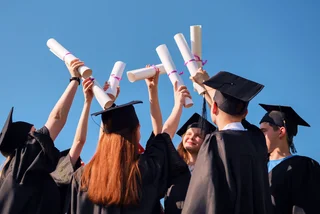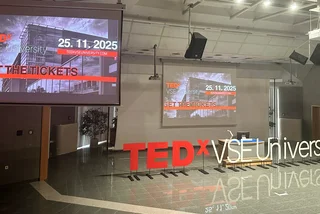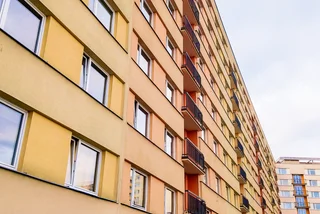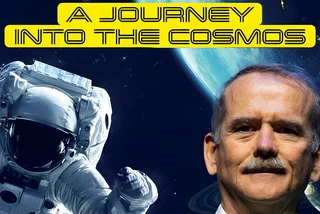The Human Body Exhibition
Výstavištĕ, Křižíkův pavilon B
Open: 10 March to 10 June, Sun-Thu 9am to 7pm, Fri-Sat 9am to 9pm
Entry: 300 CZK (weekends, 350 CZK)
Family ticket: 800 CZK (weekends, 900 CZK)
School pupils in groups of 10 or more: 190 CZK (weekends 220 CZK)
From Burke and Hare, who raided Scottish graves to supply the medical schools, to the sinister-sounding Dr Gunther von Hagens – who discovered a way to preserve them in plastic – the history of anatomy is littered with corpses. A number of them are residing at Prague’s Výstavištĕ exhibition hall (Křižíkův pavilon B) until early June.
When the first ‘BodyWorlds’ exhibit hit the headlines in 1995, it attracted such a huge following that it spawned a number of imitators, first the ‘Bodies’ exhibition ten years later, then ‘Bodies Revealed’, and now ‘The Human Body’. The stars of the latest show are the products of China’s Dalian laboratory, where a protégé of Dr von Hagens, professor of anatomy Dr Hong-Jin Sui, set up his own rival plastination business nearly a decade ago.
Although there’s something of the horror movie about spending an afternoon with a bunch of stiffs, this excellent and beautifully-presented exhibition is surprisingly lacking in horror. What complete bodies there are have been posed in what the guidebook calls ‘tasteful and non-threatening’ ways, undertaking (sorry) various activities such as running, leaping, stretching and even – in homage to Rodin’s famous sculpture – just sitting and thinking.
We are led from room to room in the manner of a biology text book, starting with the skeleton, then moving to muscles, the brain, heart and nervous system (look out for the extraordinary example of a body stripped down to only the nerves), and finally the complex digestive and reproductive systems. It’s as if each successive turn in the exhibit is peeling away another layer, exposing us to what we are in the way that anatomy textbooks used to do.
Indeed, many of the exhibits call to mind the stripped and flayed musculature of Leonardo da Vinci’s exquisite drawings, or those of Vesalius, the 16th century author of De humani corporis fabrica (On the Structure of the Human Body). Vesalius famously placed his subjects in real-world situations: standing at a desk or in a delightful pastoral landscape. The Human Body exhibition does something similar, with its subjects engaged in classic sporting activities such as basketball, American football and baseball. After a while, you can imagine getting to know some of them quite well.
One aspect of this exhibition which makes it seem comparatively less ghoulish than it might be is the presence in every room of a suitably white-coated medical professional, on hand to deal with any questions not already answered by the informative bilingual placards and captions. So deeply unthreatening are these smiling examples of humanity that it’s difficult to believe they are even capable of dissection. Perhaps they’re really there to deal with any fainting visitors.
The exhibition – which, incidentally, showcases over 200 individual body parts and organs – is being pitched very much as an educational experience, with ticket concessions for school groups and families. Young children are understandably fascinated by their own bodies, and will spend minutes on end staring at some of the beautifully-lit displays and photographs. They will also love the interactive tablet-based anatomical surveys in the final room. Owing to the challenging nature of some of the material, however, those under ten years old must be accompanied by a responsible adult. Give yourself around 40 minutes to an hour to look around the nine galleries with a degree of detail.
Of course, such exhibits – however user-friendly they may have become – have always courted controversy, specifically concerning the origin of the bodies. A friend of mine refused to accompany me because he shared a popular concern that the bodies were those of executed Chinese prisoners. In this matter we can only put our trust in Dr Hong-Jin Sui, who has stated on the record that he “only accepts specimens that have been legally donated, are free of infectious disease and who are certified to have died of natural causes”.
It occurred to me, even so, that none of us know to what end we will ultimately come. The display made me think a little of the thousands of anonymous Chinese soldiers whose living features were preserved for ever in the form of the terracotta army. One thing is sure, though: educational exhibitions like this mean that (at least for some) the miraculous collection of flesh and sinew that we call the human body can continue to have a life – and a purpose – after death.
‘The Human Body’ exhibition is at Výstavištĕ, Prague 7, until 10 June 2012.
—
Note: Although the content is similar, The Human Body is an entirely new touring exhibition, arranged independently of the Bodies exhibition which came to Prague in 2007
What else to see at Výstavištĕ:
Sea World: permanent underwater life exhibit
Giants of the Ice Age: (until 30 May)
Exotic life: 23rd annual fair of exotic plants, insects and terrarium animals (7 April, 19 May, 9 June)
St. Matthew’s Fair (Matějská pouť): (until 22 April)
Related articles
- Czech Teachers to Get a Massive Pay Increase this Autumn
- Czech Teachers Have the Worst Salaries In the World
- Czech-Designed 3D Heart Is Revolutionizing Classroom Learning
- Czech Republic among Best Places In the World to Teach English In 2017
- Prague among Best Cities In the World for International Students












 Reading time: 4 minutes
Reading time: 4 minutes 